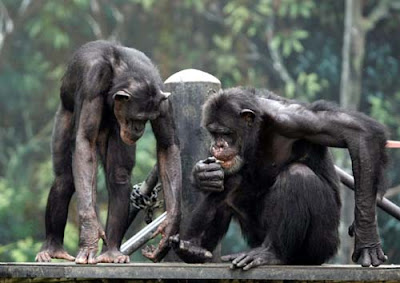
Photo by Pixellens
Award winning writer / photographer Tedric Garrison has 30 years experience in photography would like to share his view on better photo tips
It has been that said the most difficult thing for man to do is to judge his or her creative work, objectively. Be honest, can you tell when your work seems to be missing something? More importantly do you know what it is that’s missing? You can only improve your photos if you set a high photo standard to compare yourself against.
When Time-Life selected 250 photos for the Great Photographers volume of their Time-Life photography series; they choose sixty eight photographers out of thousands. Those editors defined “Great” photographers based on three main factors.
The first factor was intent. What did the photographer have in mind when he took the photo, and did he achieve it? For example, did the photographer successfully make the viewer feel empathy when taking pictures of survivors of a major natural disaster?
The second factor was technical skill. Did the photographer show a thorough understanding of composition, light, exposure, and design?
The final factor was consistency. Did the photographer have just one or two great shots, or did they produce success time and time again? One great photo . . . or even several . . . does not a great photographer make.
Intent, skill, and consistency are the same three factors that will determine your own greatness. Study the masters like Ansel Adams, Edward Weston, Imogene Cunningham, and Diana Arbus and you will see these three factors again and again. But the question remains, how do you get from where you are now to that level?
Have you ever heard the phrase, “being your own worse critic?” By the very nature of the words being used; most people tend to think of that as a negative phrase, when in reality nothing could be further from the truth. To learn and grow in photography, you have to be able to be strong enough to admit what does and does not work in your photos.
To that end here is a strength and weakness checklist for you to use when reviewing your own photographs. It’s not complicated, just look at your photo and mark whether it is strong or weak. There is no middle gray, your image either succeeds or it does not. Once you know your weaknesses you can work on improving in those areas.
1. Intent – Could any viewer look at this photo and KNOW what you had in mind?
2. Emotional Impact - Can this photo be described with words of emotion like; peace, calm, anger, rage, joy, or sadness? Does your photo make an emotional statement?
3.
4. Illusion of depth – Have you used framing, balance, and contrast and other art concepts to make your image jump off the page, or does it just sit there?
5. Subject / Background contrast – Shooting a portrait of someone with black hair against a black background is NOT a good idea. Does your subject stand out?
6. Personal Style – Ansel Adams was known for extreme illusion of depth and all planes in very sharp focus. Jim Zuckerman is known for vibrant colors and simplified subjects within their natural setting. Henri Cartier-Bresson once said, “There is nothing in this world that does not have a decisive moment.” How will others describe your unique approach?
7. Selective Focus – Do you choose where the viewer will look? If the background is just as sharp as the foreground things can become very visually confusing.
8. Composition – Do you consistently use the rule of thirds, formal or informal balance, and leading lines? Take control of where the viewer’s eyes are most likely to fall in your image.
9. Exposure – Do you always shoot at whatever the camera says, or do you take control of the light? Can you see details in your shadows? Have you ever used a reflector or bounced a flash as opposed to straight on?
10. Story Telling – Is there a feeling of movement within your image, or does it just sit there? Does it leave anything to the imagination, or is it just a statement of what is? If your image doesn’t tell a story, there is no reason to give it a second glance. Great photos make you want to look, again and again.
Use this checklist A) to see where you are at the moment and B) to see where your work is going in the future. Having a photographic standard is like having a road map. It is possible to get from here to there without one . . . but it’s a whole lot easier with one. Knowing what areas you need to improve in, is the first step in becoming a better photographer.
Article Directory: http://www.articlecube.com
Award winning writer / photographer Tedric Garrison has 30 years experience in photography. As a Graphic Art Major, he has a unique perspective on the Elements of Design and how they relate to photography. His photo eBook; Finding Your Creative Edge in Photography, proves creativity CAN be taught. Tedric shares his wealth of knowledge with the world, at: Better Photo Tips.com























